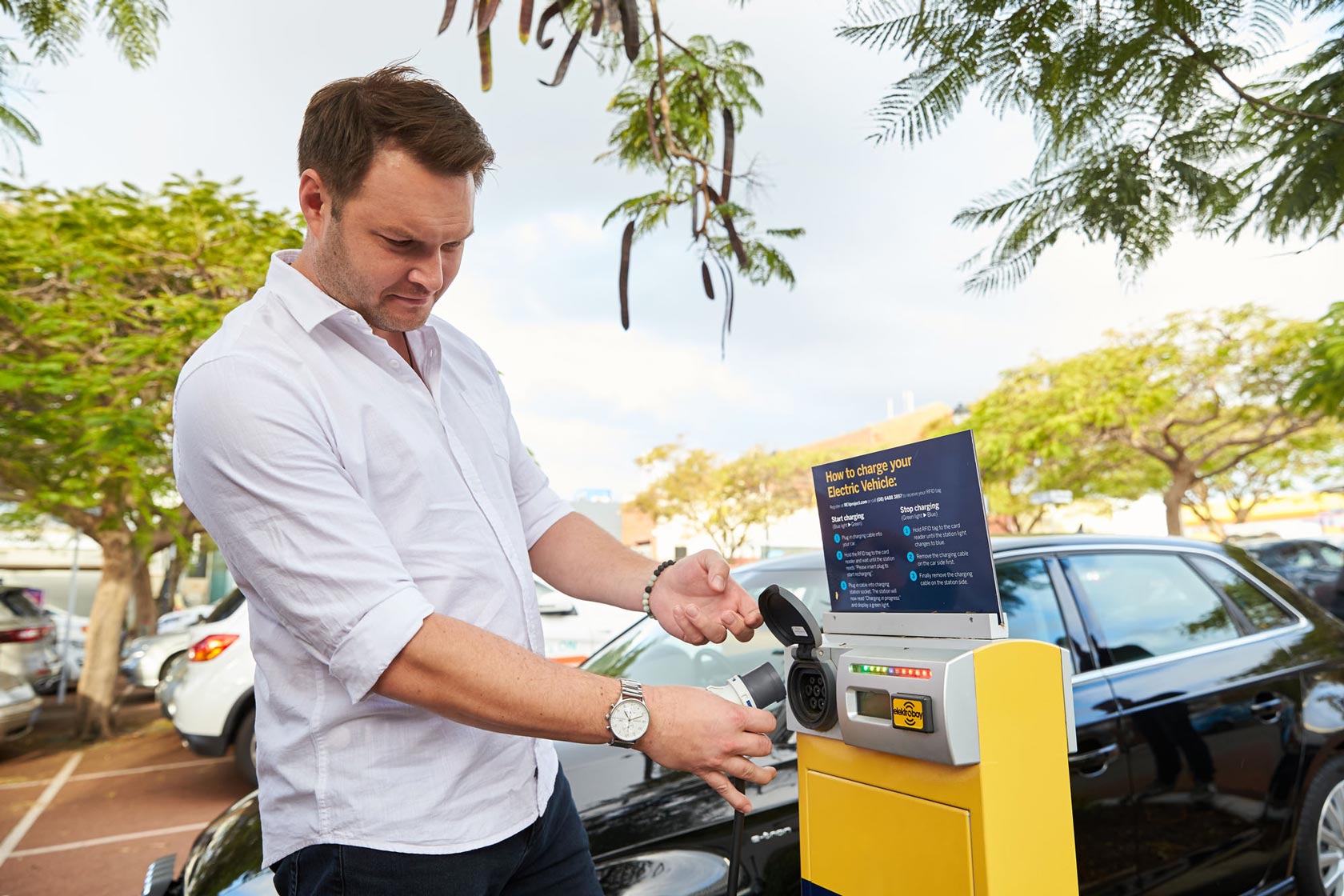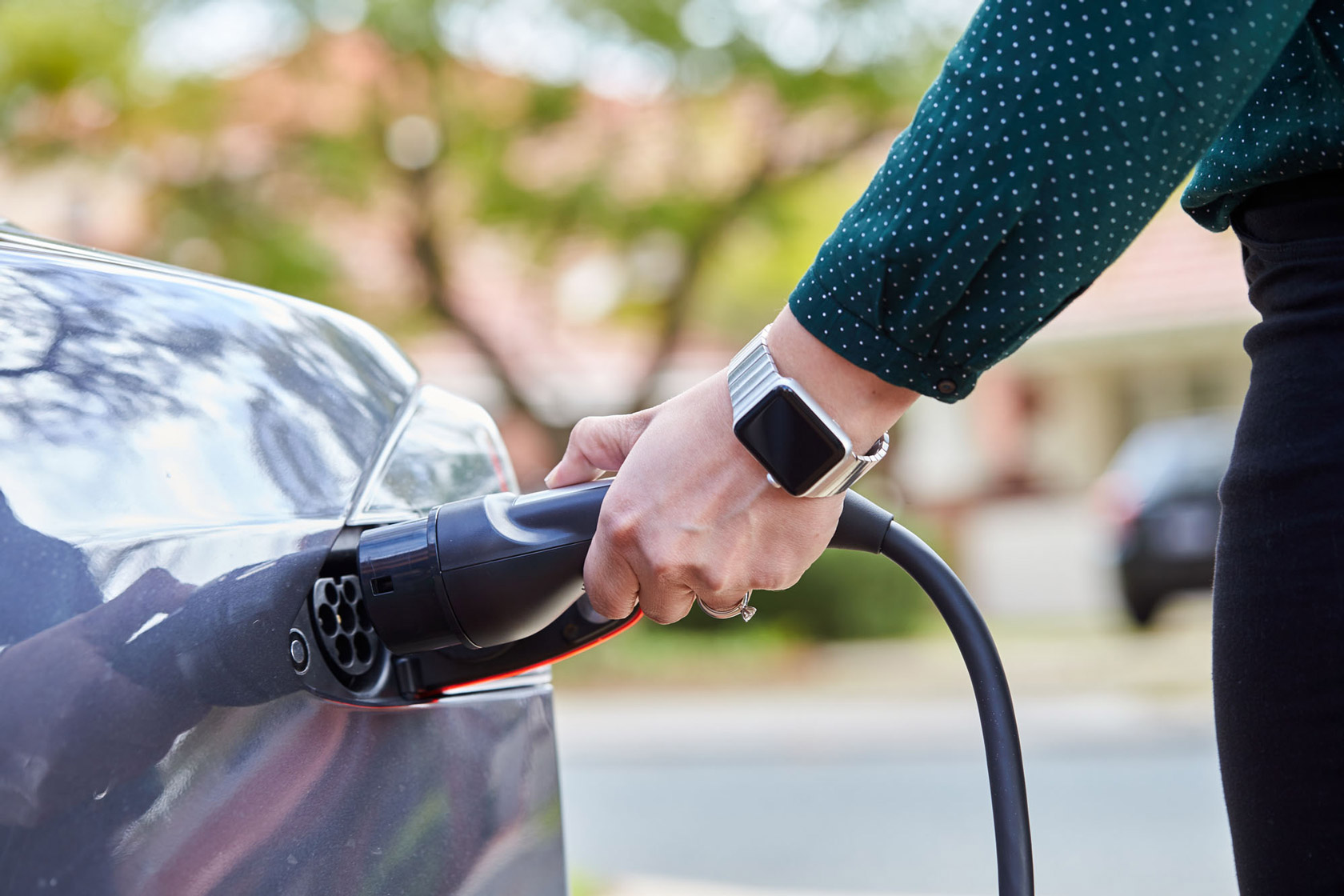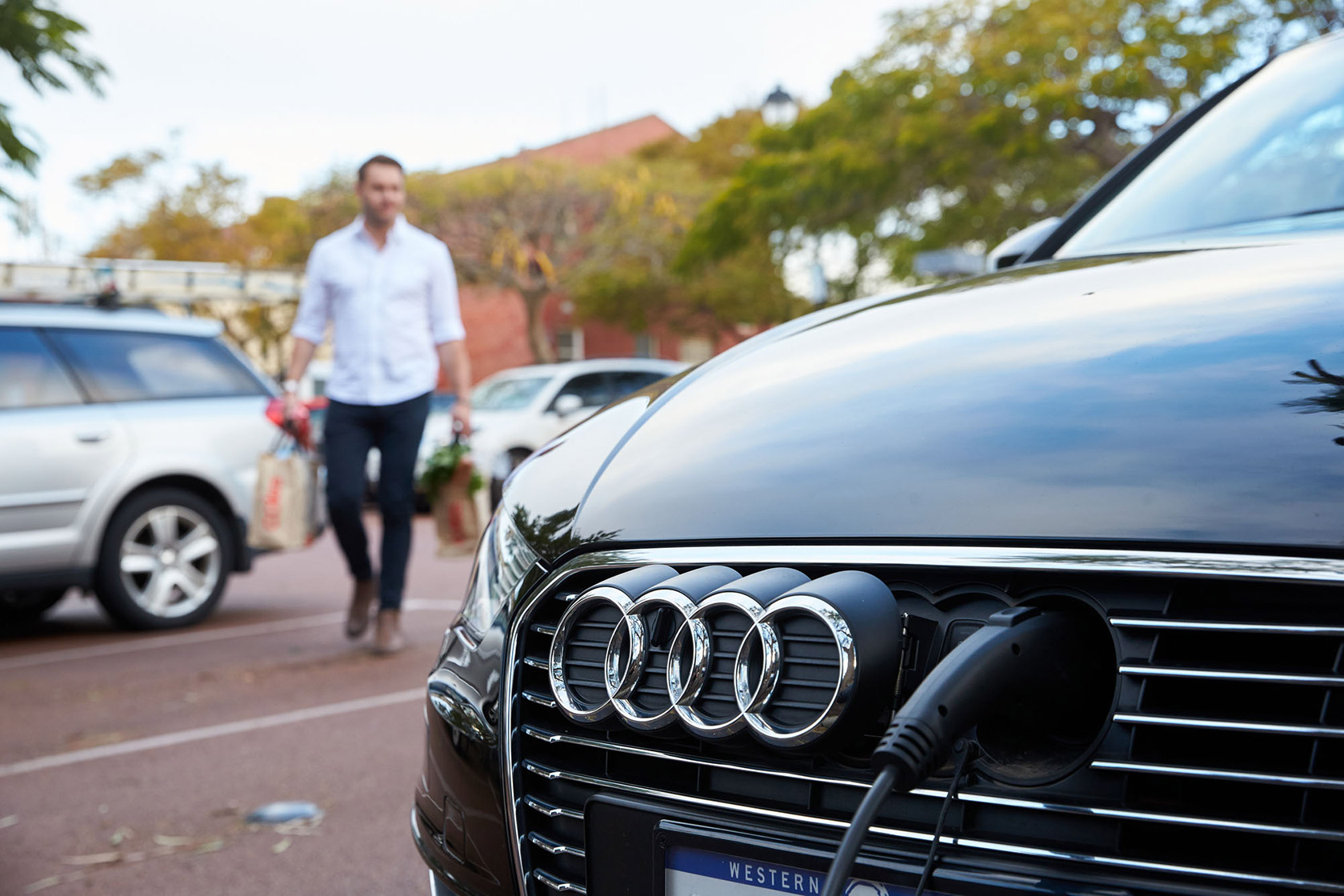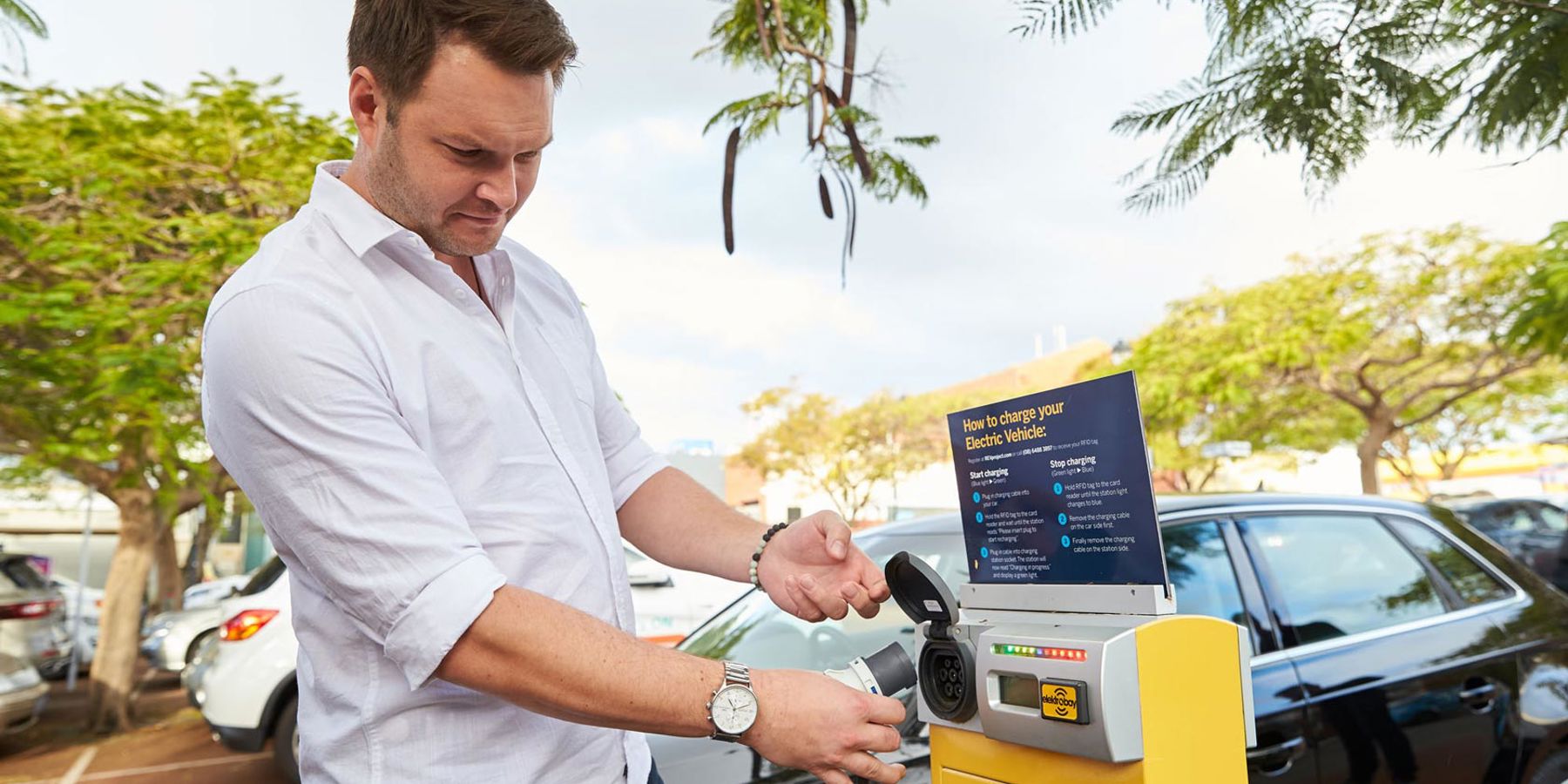The EV charge in WA is picking up speed, with the infrastructure for a charging network coming soon.
With some of the coolest brands around, Electric Vehicles (EV’s) have for some time now been on the ‘most-wanted’ list.
Plus, when you’re already generating enough energy through solar panels to power your home, it makes sense to extend that free solar sunshine to charge up your electric vehicle.
The launch of the WA Government’s Electric Vehicle Plan is the next step to an EV reality, with a fast-charging electric network from Kununurra all the way to Esperance, and east from to Kalgoorlie to be built by 2024.

With every station to be around 100km gap between each other, it would mean the end of range anxiety for EV drivers. For Western Power, the announcement of the new EV network means action stations.
“As the network operator, it’s our responsibility to connect EV charging infrastructure to the SWIS, including residential chargers, and the dedicated fast chargers on the EV network that will be like the petrol stations of the future,” says Tony Law, Principal Engineer at Western Power for Grid Vision.
“As our transport becomes electrified, this is a huge shift in our use of power in ever day life, and It’s up to us to make sure the network can provide customers the services they want and need.”
Plotting out the charging stations
Work is already underway with Synergy to identify and assess the potential locations for the charging stations along the new EV network.
“We need to check at each potential charging site what the impact on network capacity and loads will be,” says Tony.
“Given we are at the beginning of a huge change, we’re also looking to future proof this new EV network and the grid. So we’re running modelling to see what things might look like under various EV uptake scenarios, like how the grid will perform under different conditions, and how we can rectify any issues these before they arise.

“For example, if a fast charger is used heavily in peak loads, when people are also busy at home going about everyday life, what that might mean for performance on the grid in certain areas, and would there be an impact on the customer experience?”
The new EV network is also a chance to get guidelines and standards in place for all future EV infrastructure.
“We’re working through all those connection documents around what will be required, which will create consistency for the wider industry and the future. We’re setting ourselves up for EV’s in the long-term.
“So it’s very early stages, but things are going to move quite quickly, and we expect that by sometime next year the first chargers will go in.”
Decarbonising the every day
As well as being good for customers, the shift to EV’s is good for Western Power’s objective to increase the amount of lower cost renewables on the grid and decarbonising the local economy.
Grids need stability to operate effectively. Renewables tend to ebb and flow, depending on when the sun is shining or wind is blowing.
EV’s, their batteries and charging stations can work as ‘tools’ to help smooth the flow of power on the grid, and if power can be effectively managed, allow for even more renewables to be used across the network.
“In the early days, we will be able to encourage EV owners to charge up their vehicle at home in the middle of the day when the sun is shining, helping soak up excess solar that is being generated, which will reduce the chance of solar from rooftops flooding the grid.
“In future scenarios, we expect EV owners will be able to store energy in their battery pack at those high sunshine periods, and then discharge excess during peak period back to the grid, after the sun has gone down and be paid for this service.”
The use of more renewables, even at peak times, means the grid will be increasing it’s use of greener energy, leading to more decarbonisation. And our use of green energy in our increasingly electrified transport system, will result in more decarbonisation across another major every day activity.
“For us, EV’s are really exciting as it’s another way for the grid to support the community and provide more renewable and cost-effective power, and make big transformational changes that are good for the environment as well.”

